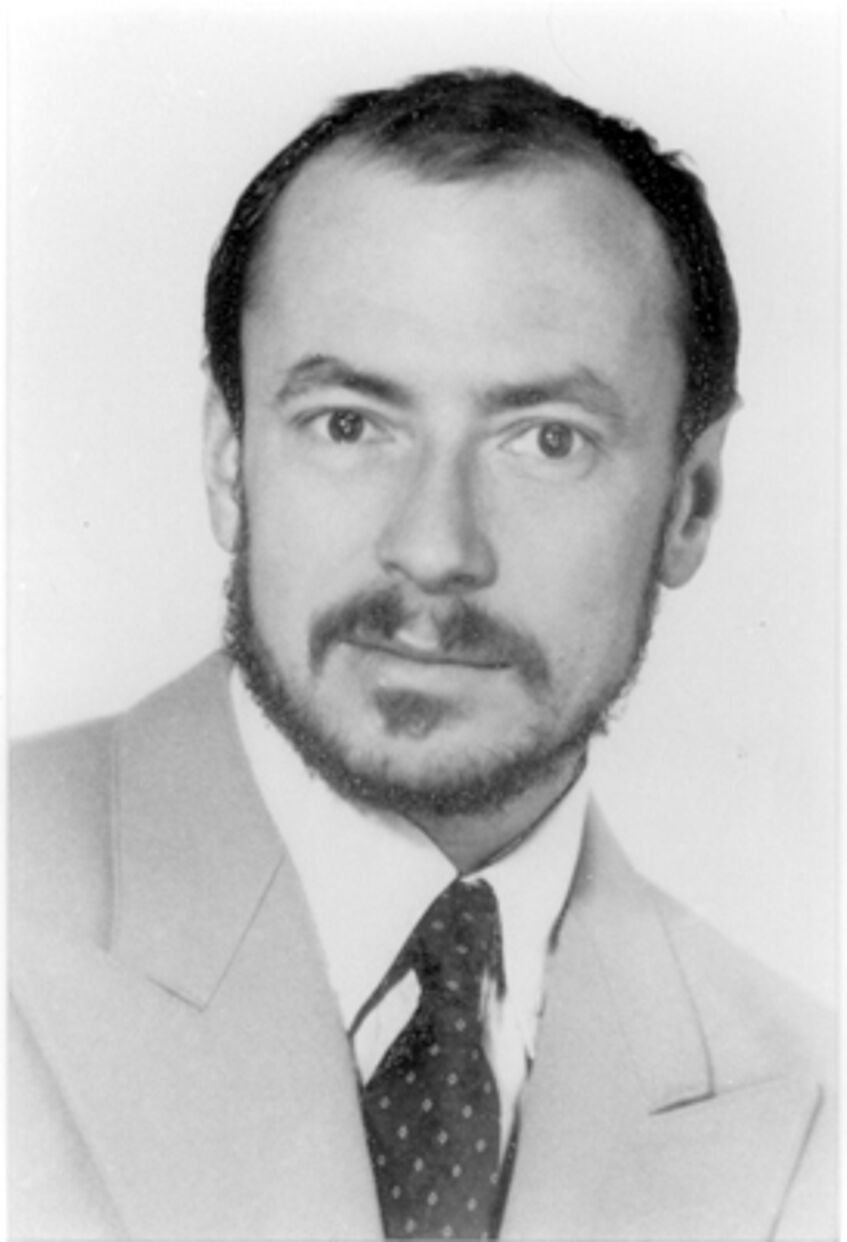Alfred Wehrl Award
Alfred Wehrl was a Viennese mathematical physicist with great intuition and precision. In the late 1970s, he introduced a new notion of entropy, which is now named after him. To commemorate his scientific legacy, his wife Dr. Brigitte Wehrl-Nowotny and his friend and colleague Prof. Elliott Lieb established the Alfred Wehrl Award for outstanding Master students.
Previous award winners
| 2023 | Laura Felder | Quasi-coherent states on deformed quantum geometries |
| 2022 | Aaron Hofer | TQFTs with additional structure |
| 2022 | Miguel Angel Benitez-Rathgeb | Improving strong coupling determinations from hadronic tau decays |
| 2021 | Liam Urban | Blow-up Phenomena on Friedman-Lemaître-Robertson-Walker spacetimes |
| 2020 | Ines Ruffa | Colour-Flow Evolution at Next-to-leading Order |
| 2019 | Thomas Mieling | On the Influence of Earth‘s Rotation on the Propagation of Light |
| 2008 | Daniela Klammer | QCD-instantons and conformal space-time inversion symmetry |
| 2005 | Roland Donninger | Perturbation Analysis of Self-Similar Solutions of the SU(2) Sigma Model on Minkowski Spacetime |
| 2003 | Katharina Durstberger | Geometrische Phasen in der Quanten Theorie |
| 2001 | Beatrix Hiesmayr | Quantum Mechanical Interference and Bell Inequality in Particle Physics |
| 1999 | Robert Seiringer | Interacting Bose Gases in External Potentials |
| 1998 | Christiane Lechner | Lösungen des nichtlinearen Sigma-Modells auf der de Sitter Raumzeit |
The scientific role of Alfred Wehrl

© Österreichische Zentralbibliothek für Physik
The scientific role of Alfred Wehrl
Alfred Wehrl was born and grew up in Vienna. When he started his scientific career, he studied representations of the Bardeen Cooper Schrieffer model with Prof. Walter Thirring. Within his first two publications, he found the correct time evolution of the field operator when taking the thermodynamic limit in the strong sense. After that, he studied mixing properties of density matrices. In this way, he became interested in statistical mechanics models - a subject, to which he devoted his whole scientific life. After some contributions of more technical type, Wehrl studied the classical properties of entropy functionals. This included invariance, additivity, concavity, subadditivity, strong subadditivity and convergence properties. Next steps concerned the comparison of classical to quantum entropy.
His work culminated in the developement of a new notion of entropy at the end of the 1970s, which was later named after him: The Wehrl entropy. It is defined as the integral of -Q*logQ over the phase space, where Q is the Husimi-function (roughly speaking, Q is the expectation value of the density matrix in a ''Glauber coherent state''). Wehrl conjectured that the smallest possible value of his entropy is 1, which occurs if and only if the density matrix is a pure state projector onto any Glauber coherent state. This conjecture was soon proved by Lieb. One possible generalization is the so-called ''generalized Wehrl conjecture'' - one replaces the function -Q*log Q in the entropy definition by any concave function and asks again for a minimal entropy value. Another possible generalization is the definition of the Wehrl entropy for Bloch coherent states (replacing ``Glauber'' coherent states in Q). The generalized Wehrl conjecture as well as its analogue for Bloch coherent states have been proven in 2012 by Lieb and Solovej. This shows, that there is still a lively development connected to the entropy notion Wehrl developed.
